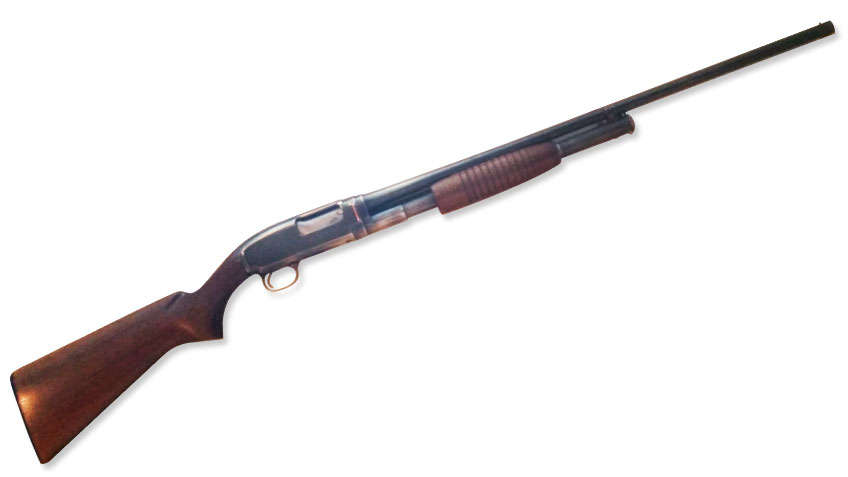
I got my first job as a pit boy setting up clay pigeons for the Wyoming State Trap Shoot. From dawn to dusk, we opened the cases of pigeons and loaded the traps. I never thought I could ever get tired of smelling spent shotgun shells, but I was wrong; however, I earned $96 for three days of work, which was a lot of money for a skinny kid growing up in Jackson, Wyo., in 1965.
One evening, as I exited the trap house, I spied an unfired shotgun shell among the piles of empty hulls. I asked the boss if I could shoot it at a clay pigeon, and he replied yes.
Having no gun of my own, he let me borrow one off the rack. I loaded the gun, called for the bird and broke it! Nobody was more surprised than I was. That did it—I was definitely hooked.
A day or two later, I proceeded to a local gun shop with my parents in search of a shotgun. Hanging on the wall were two that caught my eye. The shop owner didn’t recommend the 12-ga., 3" magnum, but he encouraged me to check out a used Winchester Model 12 in 20 gauge.
Priced at $110, I was a little short, but mom and dad gladly chipped in, and the purchase was made. I owned my very first shotgun, and boy it was really something!
I cut my teeth on that little shotgun, shooting ducks, geese, pheasants, chukars, sage chickens and even clay pigeons. It was my constant companion whenever I went afield. Nowadays, since I finally grew older and got bigger, I did move up to a 12 gauge for most of my shotgunning activities.
Nothing will ever replace that little 20-ga. Model 12 as my favorite firearm, though. It resides in my vault now, long since retired and waiting to be passed on to the grandchildren—but occasionally still fired and always remembered fondly.
Scott Gantenbein, Wyoming












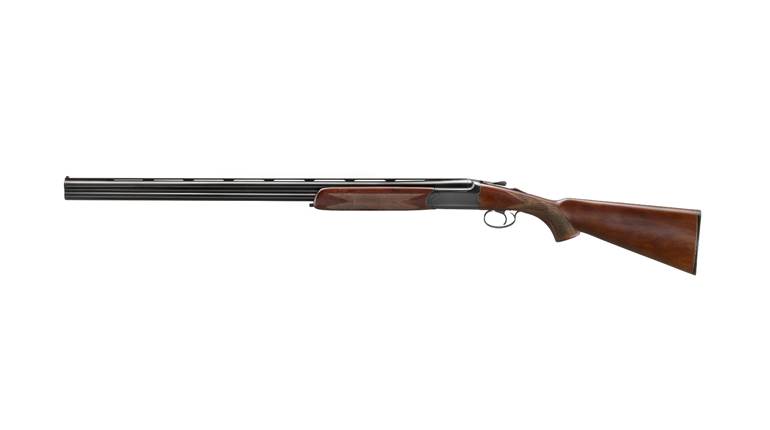
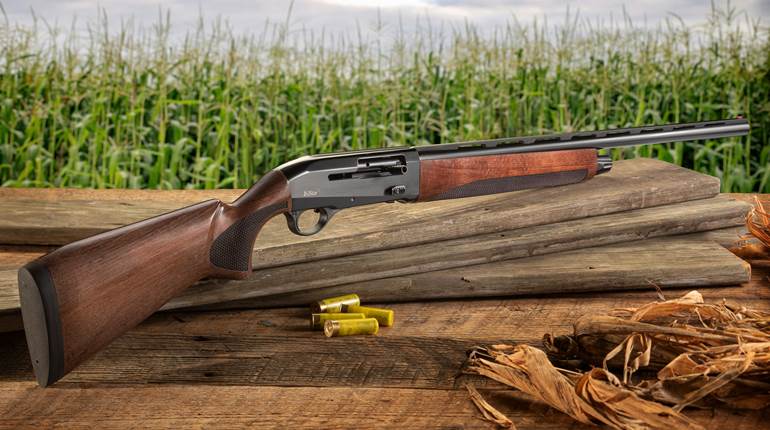
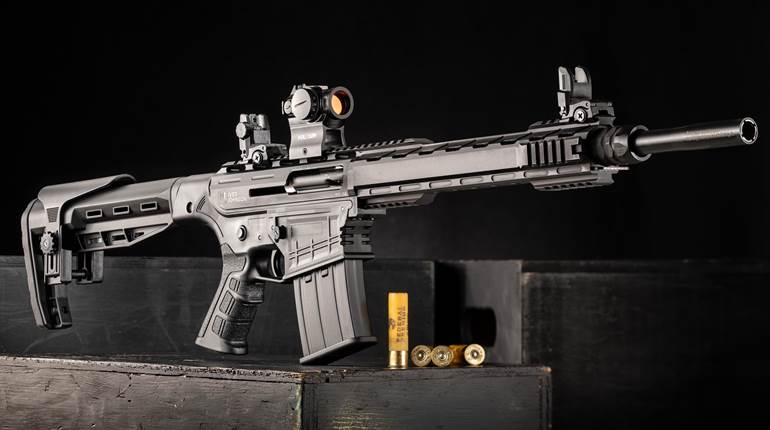
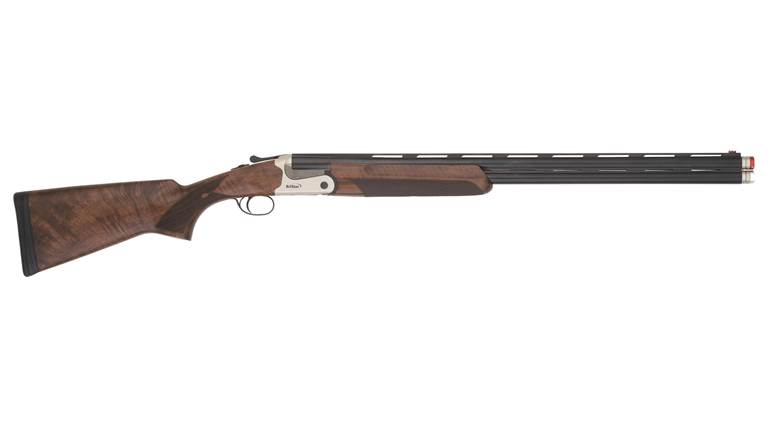







![Winchester Comm[94]](/media/1mleusmd/winchester-comm-94.jpg?anchor=center&mode=crop&width=770&height=430&rnd=134090756537800000&quality=60)
![Winchester Comm[94]](/media/1mleusmd/winchester-comm-94.jpg?anchor=center&mode=crop&width=150&height=150&rnd=134090756537800000&quality=60)












